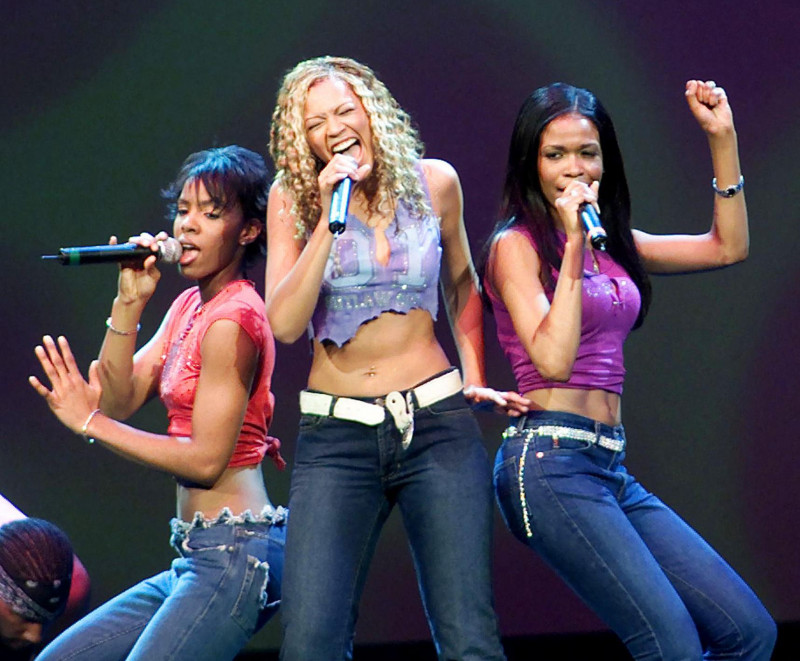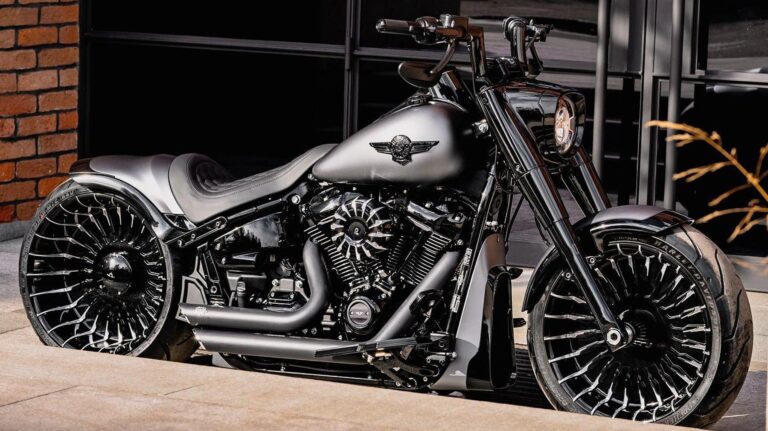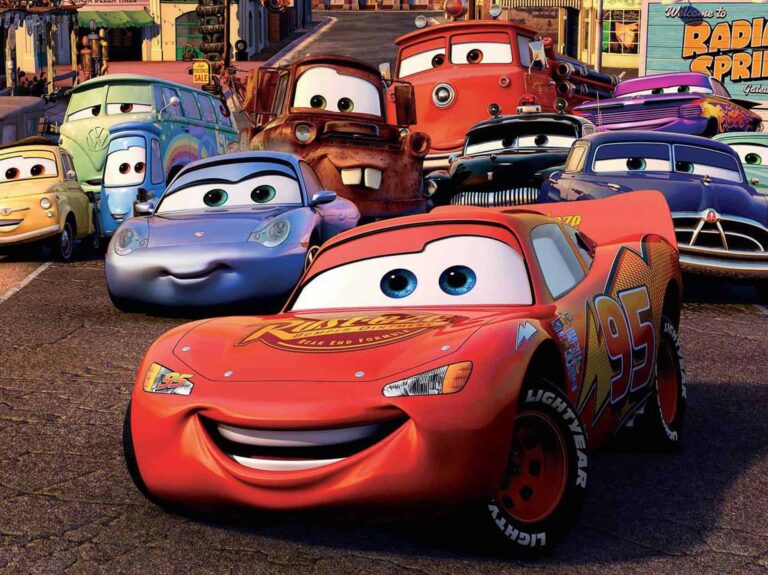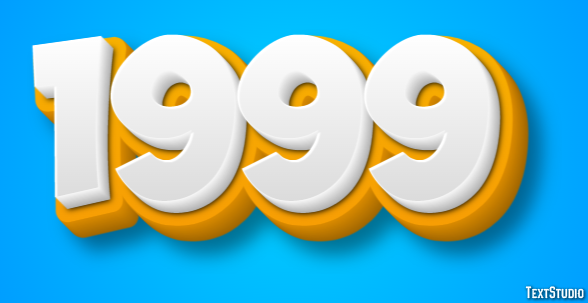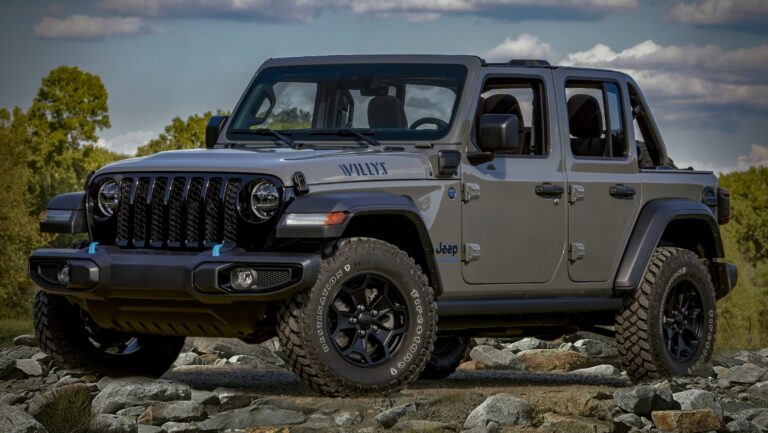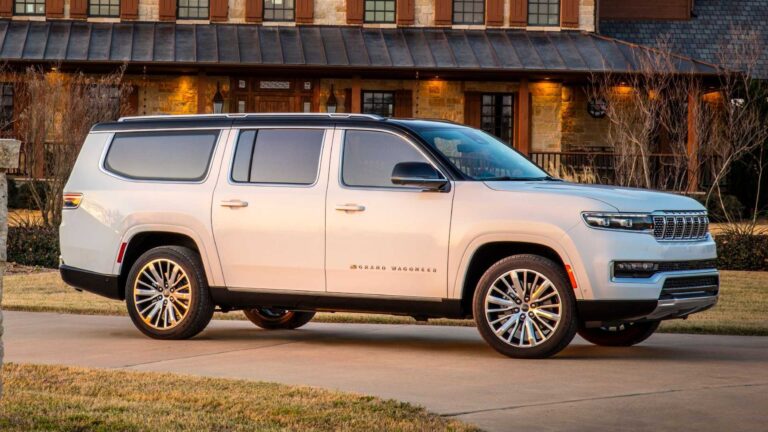2000 To 2004 Jeep Wrangler For Sale: A Comprehensive Buyer’s Guide
2000 To 2004 Jeep Wrangler For Sale: A Comprehensive Buyer’s Guide /jeeps.truckstrend.com
The Jeep Wrangler holds an iconic status in the automotive world, synonymous with adventure, freedom, and unparalleled off-road capability. Among its various generations, the 2000 to 2004 models, part of the beloved TJ series (1997-2006), stand out as particularly desirable. These vehicles represent a sweet spot in the Wrangler’s evolution, blending the classic, rugged charm of earlier models with modern refinements that enhance both on-road comfort and off-road prowess. For anyone seeking an authentic Jeep experience without the complexities and higher price tags of newer models, a 2000 to 2004 Jeep Wrangler for sale offers a compelling proposition. This comprehensive guide will delve into everything you need to know about acquiring one of these timeless vehicles, from understanding their unique features to navigating the buying process.
Why the 2000-2004 TJ Wrangler? A Timeless Choice
2000 To 2004 Jeep Wrangler For Sale: A Comprehensive Buyer’s Guide
The TJ generation, specifically the 2000-2004 model years, is highly sought after by enthusiasts and casual drivers alike for several compelling reasons. It was the first Wrangler to introduce coil-spring suspension on all four corners, a significant upgrade from the leaf springs of its YJ predecessor. This change dramatically improved ride quality and articulation, making the TJ more comfortable on the pavement and even more capable off-road.
These model years also benefit from the robust and legendary 4.0-liter PowerTech inline-six engine, widely regarded as one of the most reliable and durable engines ever produced by Chrysler. Its simplicity, combined with a vast aftermarket support network, means that TJs are incredibly easy to maintain, modify, and repair, making them ideal for DIY enthusiasts and those looking to personalize their vehicle. Their relatively simple electronics, compared to modern vehicles, also contribute to their enduring appeal and ease of ownership. Whether you dream of tackling challenging trails, cruising with the top down, or simply owning a piece of automotive history, a 2000-2004 TJ Wrangler offers an unparalleled blend of classic charm and functional performance.
Key Features and Specifications (2000-2004 Models)
Understanding the core components of these Wranglers is crucial for any potential buyer.
- Engines:
- 4.0L PowerTech I6: The star of the show. This inline-six engine (190 hp, 235 lb-ft torque) is renowned for its low-end torque, reliability, and longevity. It’s the preferred choice for most buyers due to its performance, especially off-road.
- 2.5L PowerTech I4: Available in base models (SE, X), this four-cylinder engine (120 hp, 140 lb-ft torque) is more fuel-efficient but significantly less powerful. It’s suitable for light-duty use or those prioritizing economy over power.
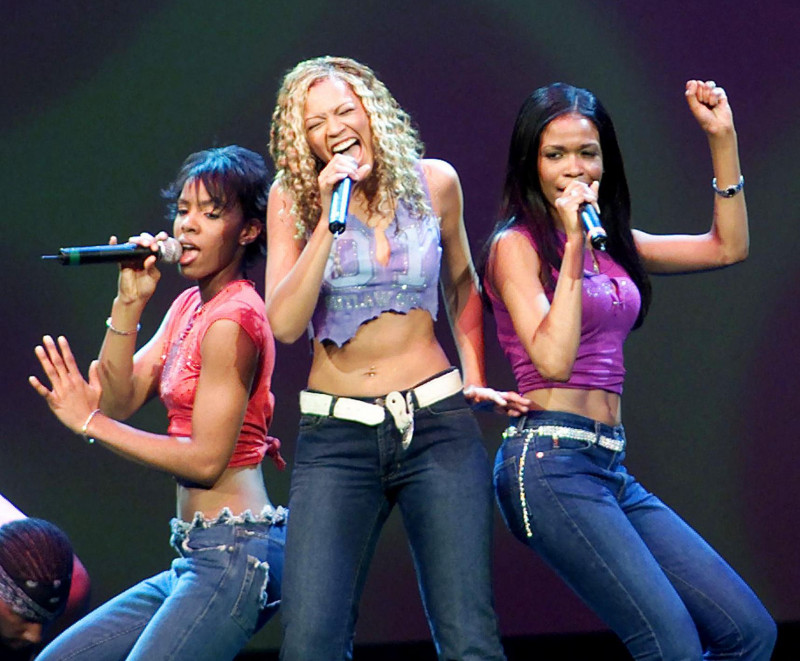
- Transmissions:
- Manual: Primarily the NV3550 5-speed manual (2000-2004) or the older AX-15 (early 2000s, less common). Both are robust and offer excellent control.
- Automatic: The 32RH 3-speed automatic was standard until mid-2003, after which it was replaced by the 42RLE 4-speed automatic. The 32RH is simpler and known for its durability, while the 42RLE offers an overdrive gear for slightly better highway fuel economy.

- Transfer Cases:
- NV231 Command-Trac: Standard on most models, this part-time 4WD system is highly reliable and capable.
- NV241 Rock-Trac: Exclusive to the Rubicon model (introduced 2003), this transfer case features an impressive 4:1 low-range gear ratio, making it exceptionally capable in extreme off-road conditions.

- Axles:
- Front: Dana 30 (standard on all models).
- Rear: Dana 35 (standard on most models) or the stronger Dana 44 (optional on Sahara/Sport, standard on Rubicon). The Dana 44 is highly desirable for heavy off-road use due to its increased strength. Rubicon models also came with air-actuated Tru-Lok front and rear lockers.
- Suspension: Coil springs at all four corners, providing a more comfortable ride and better articulation than previous leaf-sprung models.
- Trims:
- SE: Base model, typically with the 2.5L engine.
- Sport: Popular mid-range model, usually with the 4.0L engine.
- Sahara: More upscale trim with body-colored fender flares, unique wheels, and interior upgrades, almost always with the 4.0L.
- X: Introduced in 2002 as a more affordable 4.0L option, often lacking some of the Sport’s features.
- Rubicon: Introduced in 2003, this is the most capable factory TJ, featuring Dana 44 axles with lockers, the NV241 transfer case, and 31-inch tires.
What to Look For When Buying (Inspection Guide)
When evaluating a 2000-2004 Jeep Wrangler for sale, a thorough inspection is paramount. These vehicles are often used hard, so vigilance is key.
- Rust: This is the TJ’s Achilles’ heel, especially in areas that experience road salt.
- Frame: Inspect the entire frame, paying close attention to the areas around the control arm mounts, skid plate mounts, and the rear crossmember. Look for flaking, bubbling, or holes. Frame rust can be a deal-breaker or a costly repair.
- Body: Check the rocker panels, wheel wells, and floorboards (under the carpet).
- Powertrain:
- Engine (4.0L): Listen for ticking (exhaust manifold cracks are common), knocking, or excessive smoke. Check for oil leaks, particularly from the rear main seal (a common, but not always critical, leak) and valve cover.
- Transmission: For manuals, check for smooth shifting, no grinding, and proper clutch engagement. For automatics, ensure smooth shifts without flaring or hesitation. Check fluid levels and color.
- Transfer Case: Ensure it shifts into 2WD, 4-High, and 4-Low smoothly. Listen for grinding or whining noises. Check for leaks.
- Suspension & Steering:
- "Death Wobble": This violent shaking of the front end, typically at highway speeds after hitting a bump, is a known TJ issue. It’s usually caused by worn steering components (track bar, tie rod ends, ball joints) or improper alignment/tire balance. Test drive on a bumpy road if possible.
- Bushings and Joints: Check all control arm bushings, track bar bushings, and ball joints for excessive play or cracking.
- Drivetrain: Inspect universal joints (U-joints) on the drive shafts for play or rust. Check differential covers for leaks.
- Electrical: Test all lights, gauges, wipers, and the radio. While TJs are simpler, electrical gremlins can be frustrating.
- Aftermarket Modifications: Many TJs are modified. Evaluate the quality of any lift kits, larger tires, bumpers, or winches. Poorly installed modifications can lead to problems. Look for reputable brands and clean work.
- Documentation: Ask for service records, receipts for parts, and any maintenance history. Run a CarFax or AutoCheck report for accident history, odometer discrepancies, and previous owners.
Common Issues and Solutions
Even well-maintained TJs can exhibit certain common quirks:
- Rust: Prevention is key (rustproofing). For existing rust, frame repair kits are available, but extensive damage may require professional fabrication.
- 4.0L Oil Leaks: Rear main seal and valve cover gasket leaks are common. While not always critical, they should be monitored. Replacement is straightforward for a mechanic.
- "Death Wobble": Diagnosis is key. Start with the track bar (bushings, bolt torque), then move to tie rod ends, ball joints, and steering box play. Proper alignment and balanced tires are also crucial.
- Crankshaft Position Sensor (CPS): A common failure that can cause stalling or no-start conditions. Relatively inexpensive and easy to replace.
- Exhaust Manifold Cracks: Leads to a ticking sound, especially when cold. Replace with a heavy-duty aftermarket manifold to prevent recurrence.
- Fuel Gauge Sending Unit: Often becomes inaccurate over time. Replacement involves dropping the fuel tank.
Customization and Aftermarket Potential
One of the greatest appeals of the 2000-2004 Jeep Wrangler is its unparalleled aftermarket support. You can transform a stock TJ into almost anything imaginable:
- Lift Kits: Ranging from mild 2-inch lifts for tire clearance to extreme 6-inch+ lifts for serious rock crawling.
- Tires and Wheels: Countless options to improve traction and aesthetics.
- Armor: Heavy-duty bumpers, rock sliders, skid plates protect vital components.
- Winches and Recovery Gear: Essential for off-road adventures.
- Lighting: LED light bars, spot lights, and upgraded headlights for improved visibility.
- Interior Upgrades: Seat covers, storage solutions, and improved sound systems.
This vast ecosystem of parts means that you can easily find components to repair, upgrade, or personalize your TJ to suit your specific needs and adventures.
Resale Value and Investment
Unlike many vehicles that depreciate rapidly, well-maintained Jeep Wranglers, especially the TJ generation, tend to hold their value exceptionally well. Their timeless design, legendary capability, and strong enthusiast community contribute to this. A clean, rust-free, and tastefully modified 2000-2004 TJ can even appreciate in value, making it not just a fun vehicle but also a relatively sound investment. Condition, mileage, and the quality of modifications significantly impact resale value.
Practical Advice and Actionable Insights
- Set a Realistic Budget: Beyond the purchase price, factor in immediate maintenance (fluid changes, tune-up), potential repairs, and any desired modifications.
- Get a Pre-Purchase Inspection (PPI): If possible, have a trusted mechanic specializing in Jeeps (or 4x4s) inspect the vehicle, especially for rust and major mechanical issues.
- Test Drive Thoroughly: Drive on various road surfaces, including some bumps. Test 4WD High and Low. Listen for unusual noises.
- Negotiate: Based on the inspection findings and market value, be prepared to negotiate the price. Minor issues can be leveraged for a better deal.
- Consider Your Intended Use: If you plan on serious off-roading, a Rubicon or a well-equipped Sport/Sahara with a Dana 44 rear axle is preferable. For light trails or daily driving, other trims are perfectly adequate.
Price Table: 2000-2004 Jeep Wrangler For Sale
Please note that prices for used Jeep Wranglers vary significantly based on condition, mileage, location, rust, modifications, and recent maintenance. The table below provides general estimated ranges. Exceptional examples (low mileage, pristine condition, or highly desirable Rubicon models) can command significantly higher prices.
| Year | Model/Trim | Engine | Condition | Estimated Price Range (USD) | Notes |
|---|---|---|---|---|---|
| 2000 | SE | 2.5L I4 | Fair | $4,000 – $7,000 | Basic model, less power. |
| 2000 | SE | 2.5L I4 | Good | $6,000 – $9,000 | Good for light use/daily. |
| 2000 | Sport/Sahara | 4.0L I6 | Fair | $6,000 – $9,000 | Check for rust, common issues. |
| 2000 | Sport/Sahara | 4.0L I6 | Good | $8,000 – $12,000 | Solid performer. |
| 2001 | X | 4.0L I6 | Fair | $6,500 – $9,500 | More affordable 4.0L. |
| 2001 | X | 4.0L I6 | Good | $8,500 – $12,500 | Often a good value. |
| 2001 | Sport/Sahara | 4.0L I6 | Excellent | $11,000 – $15,000+ | Well-maintained, lower mileage. |
| 2002 | SE | 2.5L I4 | Good | $7,000 – $10,000 | Similar to 2000/2001 SE. |
| 2002 | Sport/Sahara | 4.0L I6 | Good | $9,000 – $13,000 | Popular choice. |
| 2002 | Sport/Sahara | 4.0L I6 | Excellent | $12,000 – $16,000+ | Highly desirable. |
| 2003 | X | 4.0L I6 | Good | $9,500 – $13,500 | Newer auto trans (42RLE) possible. |
| 2003 | Sport/Sahara | 4.0L I6 | Good | $10,000 – $14,000 | Excellent all-rounder. |
| 2003 | Rubicon | 4.0L I6 | Good | $14,000 – $18,000 | First year of Rubicon, highly sought. |
| 2003 | Rubicon | 4.0L I6 | Excellent | $17,000 – $22,000+ | Premium for factory lockers/D44. |
| 2004 | X | 4.0L I6 | Good | $10,000 – $14,500 | Later 42RLE auto common. |
| 2004 | Sport/Sahara | 4.0L I6 | Good | $10,500 – $15,000 | Last of the short-wheelbase TJs. |
| 2004 | Rubicon | 4.0L I6 | Good | $15,000 – $20,000 | Peak TJ performance. |
| 2004 | Rubicon | 4.0L I6 | Excellent | $18,000 – $25,000+ | Command higher prices due to features. |
| All | Any Trim | Any | Highly Modified | $10,000 – $30,000+ | Varies wildly based on quality/extent of mods. |
Frequently Asked Questions (FAQ)
Q1: Is the 4.0L engine truly reliable?
A1: Yes, the 4.0L inline-six is legendary for its robustness and longevity. With proper maintenance, it can easily last 200,000 to 300,000 miles or more. Common issues like oil leaks and exhaust manifold cracks are generally minor and repairable.
Q2: What is "Death Wobble" and how do I fix it?
A2: "Death Wobble" is a severe, uncontrollable oscillation of the front wheels, usually triggered by hitting a bump at highway speeds. It’s often caused by worn or loose steering and suspension components such as the track bar, tie rod ends, ball joints, or a faulty steering stabilizer. Diagnosing the exact cause and replacing the worn parts is the solution; it’s not inherent to the Jeep’s design but a symptom of maintenance needs.
Q3: Are parts hard to find for 2000-2004 Wranglers?
A3: Absolutely not. The TJ generation has immense aftermarket support, and OEM parts are still readily available. You’ll find a wide array of new, used, and upgraded parts from numerous manufacturers, making maintenance and customization easy.
Q4: What’s the main difference between a Sport and a Sahara?
A4: Both Sport and Sahara trims typically come with the 4.0L engine. The Sahara is generally a more "premium" trim, often featuring body-colored fender flares, unique wheels, upgraded interior fabrics, and sometimes optional features like the Dana 44 rear axle. The Sport is a more basic, but equally capable, trim.
Q5: Is the Rubicon worth the extra cost?
A5: For serious off-road enthusiasts, the Rubicon is absolutely worth the extra cost. It comes standard with stronger Dana 44 axles (front and rear), air-actuated Tru-Lok lockers, and a Rock-Trac NV241 transfer case with a lower 4:1 crawl ratio. These factory upgrades would be very expensive to add to a non-Rubicon TJ. For casual off-roading or daily driving, a Sport or Sahara can be just as enjoyable and less expensive.
Q6: What kind of fuel economy can I expect?
A6: Jeep Wranglers are not known for their fuel efficiency. A 4.0L TJ with stock tires and gearing typically gets around 14-17 MPG combined. Larger tires, lift kits, and different gearing will further reduce fuel economy. The 2.5L engine offers slightly better mileage, but at a significant power trade-off.
Q7: Can I daily drive a 2000-2004 TJ Wrangler?
A7: Yes, many people daily drive TJs. They are reliable and relatively comfortable for a vehicle of their type. However, they are louder, have a rougher ride, and offer less amenities than modern SUVs. For someone who appreciates the raw, connected driving experience and doesn’t mind the trade-offs, a TJ makes a great daily driver.
Concluding Summary
The 2000 to 2004 Jeep Wrangler represents a golden era for the iconic off-roader. With its coil-spring suspension, robust 4.0L engine, and immense customization potential, it offers an authentic and highly capable driving experience that few other vehicles can match. While vigilance regarding common issues like rust and wear is crucial during the buying process, the rewards of owning a TJ are immeasurable. It’s a vehicle that embodies adventure, invites personalization, and consistently holds its value. For those seeking to embrace the legendary Jeep lifestyle, a 2000 to 2004 TJ Wrangler for sale isn’t just a purchase; it’s an investment in a timeless piece of automotive history and countless future adventures.

